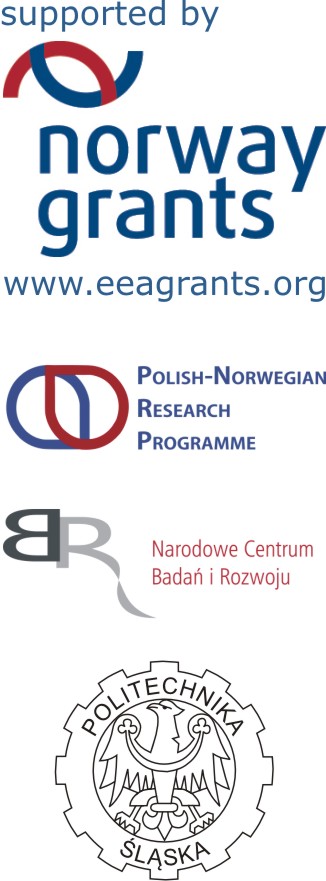
Katowice is the capital of the most industrialized region of Poland - Upper Silesia. Starting from the nineteenth century, the rapid development of the city, associated with the development heavy industry, reached its climax in the twentieth century. Formation of the spatial structure of the city was parallel with the rise and development of modernist urban planning concepts. Implementation of the modernist idea was for Katowice an expression of the needs and aspirations of the community and the region. Ideas drawn from the European avant-garde urban patterns influenced the shape of the city, which became an example which reflects successive stages of the development of modernist trends. The result is a clear separation of elements of southern urban districts (created since 1922 to 1939), and northern and eastern districts (created since 1945 to about 1980). Currently, due to reduced importance of the heavy industry, Katowice experiences the process of transformation, which is reflected in the transformations made in the urban scale of the city.
The aim of the project is an attempt to answer following questions:
What was process of spatial development of Katowice on the background of urban development of the European thought?
What elements of the urban structure of Katowice created in modernism are urban and architectural determinants of characteristic city image?
- What is the role of the city tissue formed in the period of modernism in the development of the modern city of Katowice?
It is planned to study urban and architectural elements due to different types of urban spaces and their different values in the structure of the selected cities. The evolution of the spatial structure of these cities will be shown, due to the value of architectural and urban planning solutions to the urban development. These studies will take into account the stages of development of modernism evident in the subsequent stages of spatial development of studied cities.
The project is implemented and funded by the Small Grants Scheme under Polish-Norwegian Research Cooperation (Pol-Nor/210296/67/2013).
invisible
